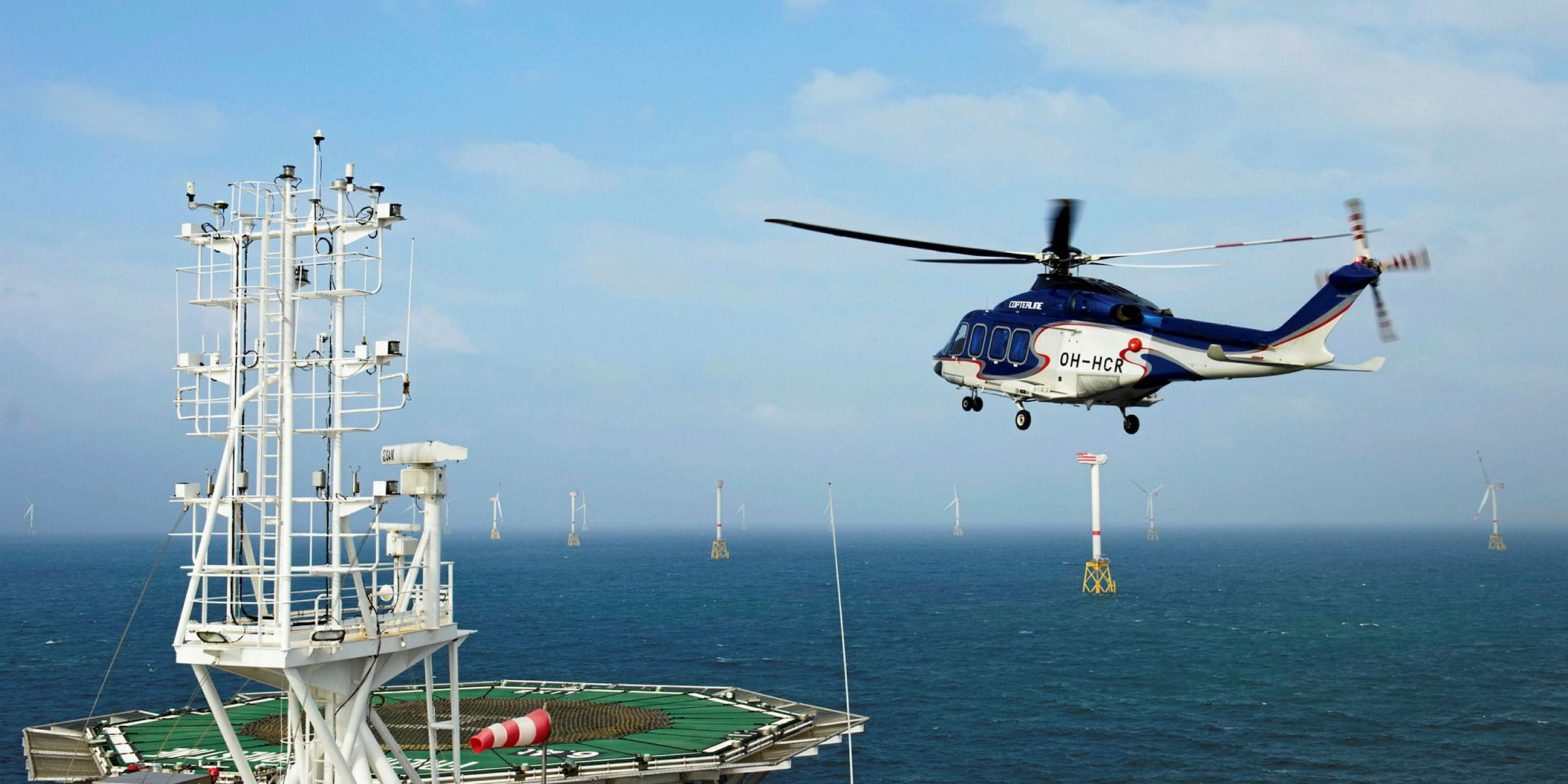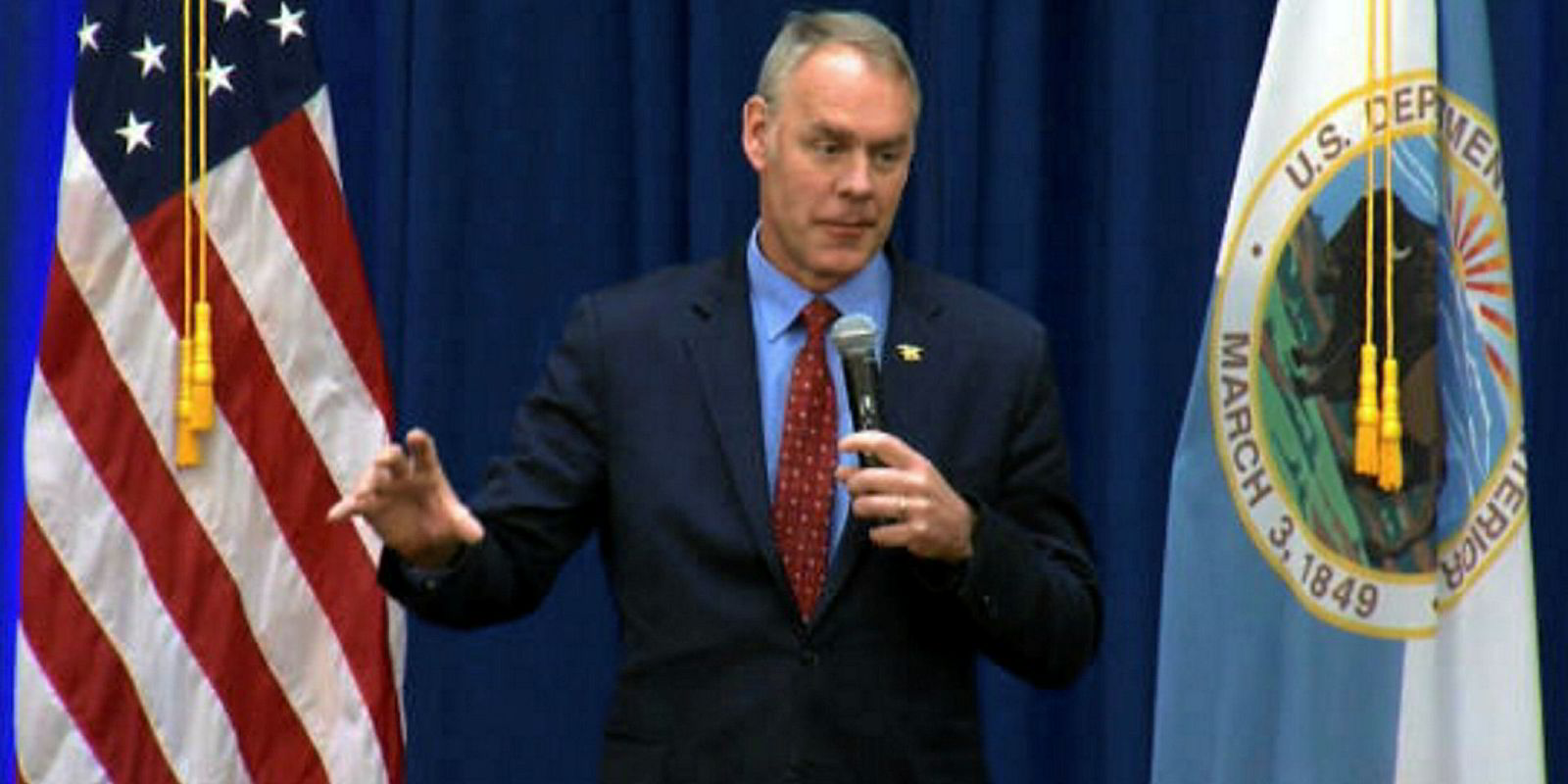A committee within the US Interior Department has recommended the government lease out 20GW of new offshore wind capacity in federal waters, a further sign of the growing appreciation for offshore wind within the Trump administration.
The Royalty Policy Committee (RPC) attracted little notice last week with its 20GW policy recommendation, suggesting the Interior Department lease out at least 2GW per year from 2024 at four zones of 500MW or larger.
The Interior Department’s Bureau of Ocean Energy Management (BOEM) oversees the leasing of offshore wind zones in federal waters.
Led by Vincent DeVito, special counselor on energy policy to Interior Secretary Ryan Zinke, the RPC advises the Interior Department on how to achieve “fair market value” and maximise revenue collection from energy and mining projects on its vast portfolio of federal lands and waters.
One way of doing that is to massively expand US offshore wind development, in the RPC’s view.
A BOEM spokesperson confirmed the RPC's recommendation to Recharge and said they are "intended to spur investments in local economies and create job growth".
"The Department has not announced a decision on [RPC's] recommendation at this time," the spokesperson says.
"However, the Department will continue to work with our stakeholders to identify additional areas that may be suitable for possible future leasing," he says, adding that BOEM "currently has a public comment period open seeking input on future leasing in the Atlantic that will likely provide insights related to the RPC's recommendation".
The RPC’s proposal (large PDF) may never gain traction. Still, if the Interior Department took up even part of the recommendation it would offer visibility on the development landscape into the 2030s – potentially opening up dozens of new leases.
There are currently 11 active offshore wind leases in federal US waters, collectively capable of holding around 17GW of capacity, according to BOEM, although it’s unlikely that every zone will be built to its full capacity.
Many of the current leases are likely to be built out by 2030. As such, the RPC says, the government should show "commitment to a broader plan and the next generation of investment".
Speaking Friday at the US Offshore Wind conference in Boston, DeVito said the Interior Department is “very much focused on how we can catalyse this new sector of the economy,” calling offshore wind a “very significant aspect” of the country’s untapped energy potential.
DeVito emphasised the administration’s belief in the need for a robust domestic offshore wind supply chain, adding “the momentum in this industry is remarkable”.
Many in the renewables industry feared that the election of Trump in late 2016 would slow the development of the nascent US offshore wind sector. But BOEM has continued to advance its various leasing processes, with two zones up for auction later this year off Massachusetts expected to draw intense competitive interest.
To the extent Zinke himself has commented directly on offshore wind he has appeared a forceful advocate.
DeVito shared a personal anecdote, saying he traveled to Denmark earlier this year on an “educational trip” where he saw some of the world’s largest offshore turbines being assembled.
“It’s remarkable, seeing lots of cranes, seeing white hats .... [thinking] ‘Holy mackerel, look at all these jobs,” he says. “I’d never quite captured the import and value of this part of the US [potential].”
Story is updated with comment from the Interior Department.



